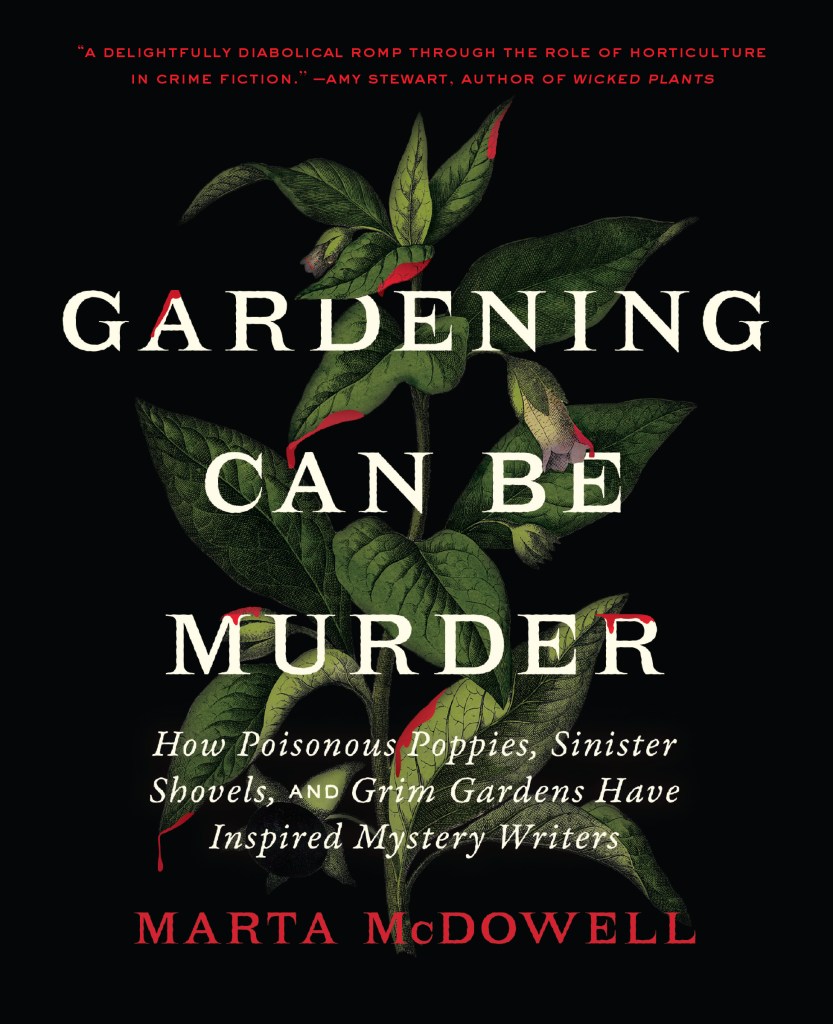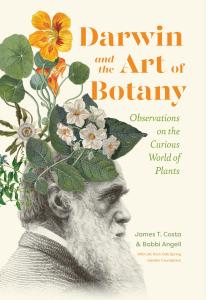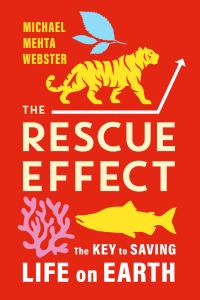Timber Press – Books -Narrative Nonfiction

Narrative & Memoir
This book is dangerous.
Vicki Lane, author of the Elizabeth Goodweather Appalachian Mysteries
Literary Landscapes
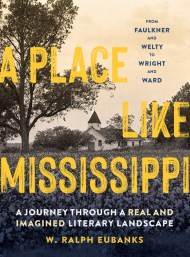
A Place Like Mississippi
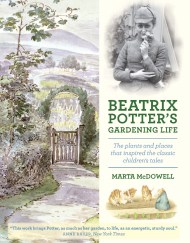
Beatrix Potter's Gardening Life
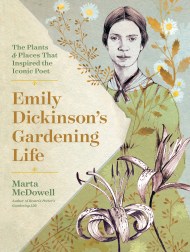
Emily Dickinson's Gardening Life
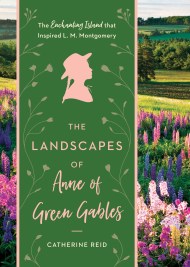
The Landscapes of Anne of Green Gables
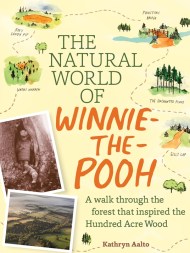
The Natural World of Winnie-the-Pooh

Unearthing The Secret Garden
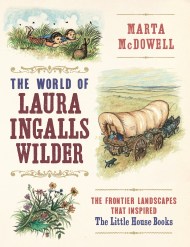
The World of Laura Ingalls Wilder

Writing Wild
An inspiring blend of nature writing and memoir that explores nature’s crucial role in our emotional and mental health
Bats can hear shapes, plants can eat light, and bees can dance maps. When his life took him to a painfully dark place, the poet behind The CryptoNaturalist, Jarod K. Anderson, found comfort and redemption in these facts and the shift in perspective that comes from paying a new kind of attention to nature.
Something in the Woods Loves You tells the story of the darkest stretch of a young person’s life, and how deliberate and meditative encounters with plants and animals helped him see the light at every turn. Ranging from optimistic contemplations of mortality to appreciations of a single mushroom, Anderson has written a lyrical love letter to the natural world and given us the tools to see it all anew.
Cover image copyright the Artist (Tuesday Riddell), reproduced with grateful thanks to MESSUMS ORG. Photo: Steve Russell.
Personal Journeys

Bicycling with Butterflies

Ms. Adventure

Psilocybin Therapy
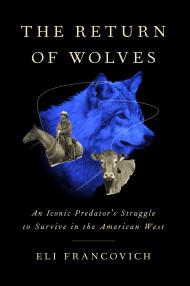
The Return of Wolves

The Shotgun Conservationist

To Speak for the Trees
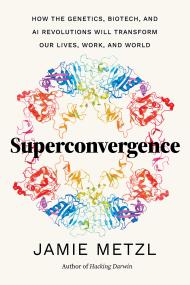
Superconvergence
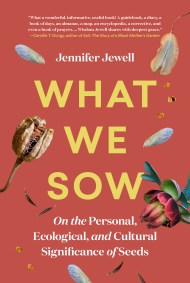
What We Sow
Garden Reflections

American Roots
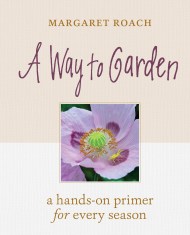
A Way to Garden
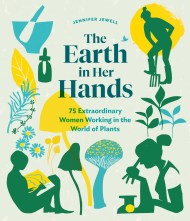
The Earth in Her Hands
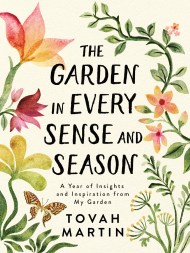
The Garden in Every Sense and Season
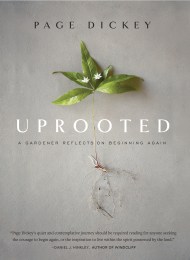
Uprooted
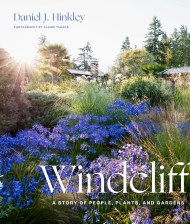
Windcliff
Uncover Darwin’s most important writings about plants with this important collection featuring expert interpretations and rare illustrations.
Charles Darwin is best known for his work on the evolution of animals, but in fact a large part of his contribution to the natural sciences is focused on plants. His observations are crucial to our modern understanding of everything from the amazing pollination process of orchids to the way that vines climb. Darwin and the Art of Botany collects writings from six often overlooked texts devoted entirely to plants, and pairs each excerpt with beautiful botanical art from the library at the Oak Spring Garden Foundation, creating a gorgeously illustrated volume that never existed in Darwin's own lifetime, and hasn't since. Evolutionary botanist and science historian James Costa brings his expertise to each entry, situating Darwin's words in the context of the knowledge and research of the time. The result is a new way of visualizing Darwin's work, and a greater understanding of the ways he's shaped our world.Discover the World Around Us
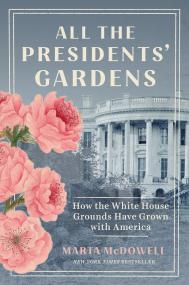
All the Presidents' Gardens
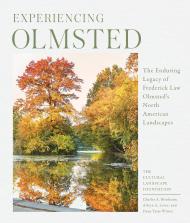
Experiencing Olmsted
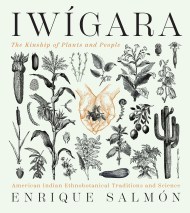
Iwigara

Lakes
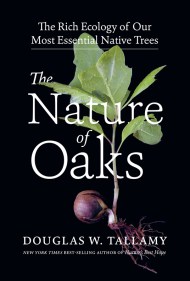
The Nature of Oaks

Our National Forests

Our Native Bees
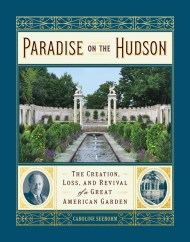
Paradise on the Hudson
As climate change continues to intensify, the outlook for life on Earth often seems bleak. Yet we can find hope in the “rescue effect,” nature’s innate ability to persist during hard times. Like a thermostat starting the air conditioning when a room gets too warm, the rescue effect automatically kicks in when organisms are stressed.
In The Rescue Effect, Michael Mehta Webster reveals the science behind nature’s resilience, through compelling stories of species adapting to our changing world: tigers in the jungles of India, cichlid fish in the great lakes of Africa, and corals in the Caribbean. In some cases, like the mountain pygmy-possum in Australia, species may be lost without our help. We are not only observers to species declines; we are often also the cause. In choosing whether and how to help, we must navigate challenging questions about emerging technologies and the ethics of conservation.
Ultimately, there are good reasons to expect a bright future. Everywhere we look, we see evidence that nature can rescue species from extinction. When nature alone is not up to the task, we can help. Combining rigorous research with gripping storytelling, The Rescue Effect provides the cautious optimism we need to help save life on Earth.
Newsletter Signup
By clicking ‘Sign Up,’ I acknowledge that I have read and agree to Hachette Book Group’s Privacy Policy and Terms of Use

